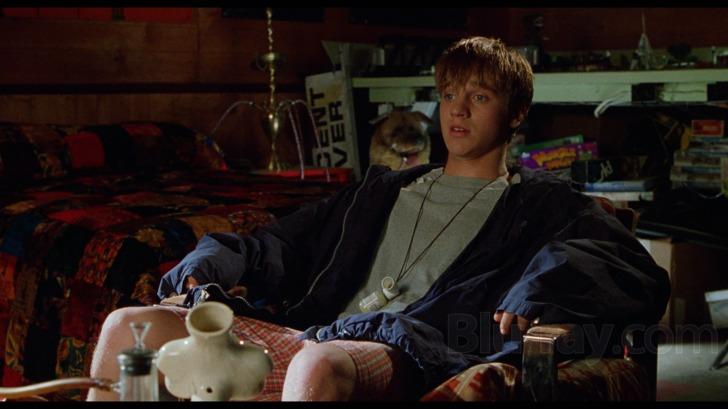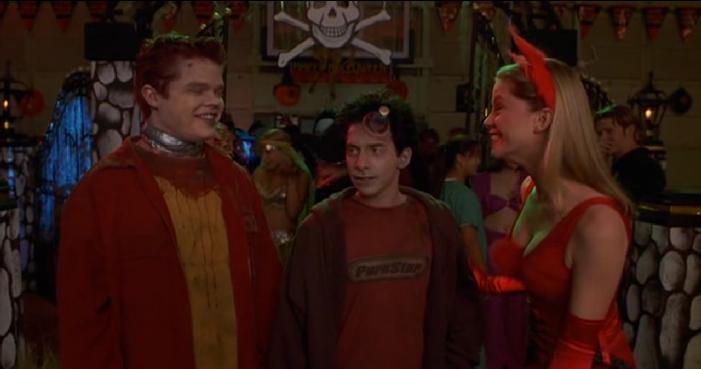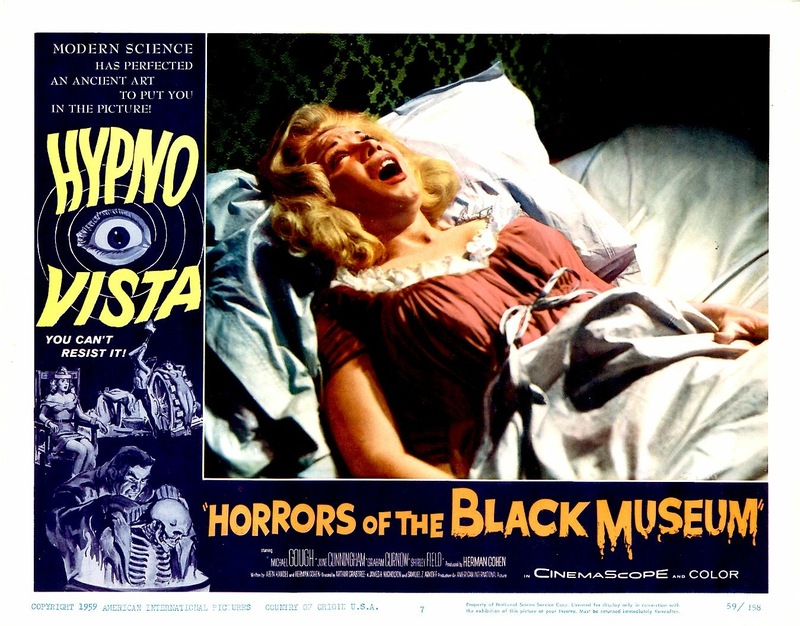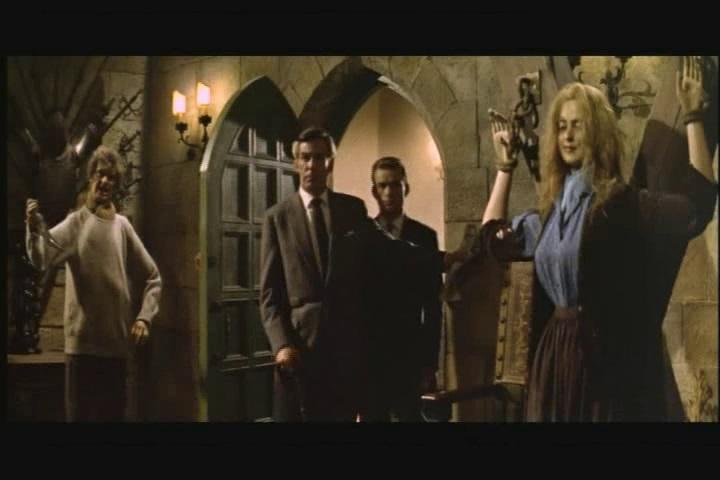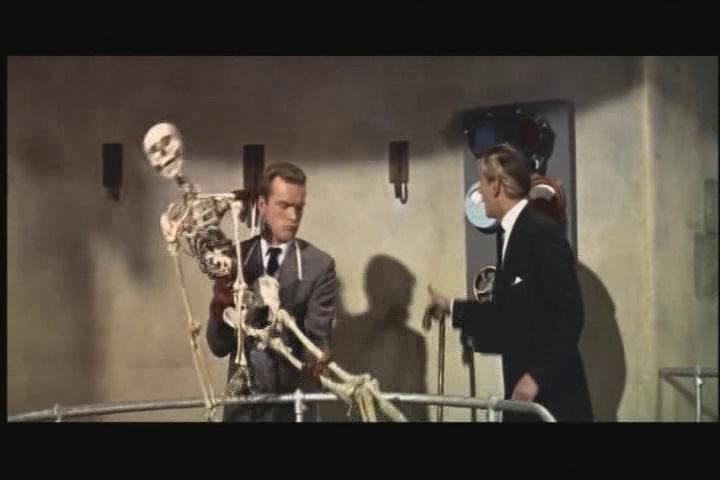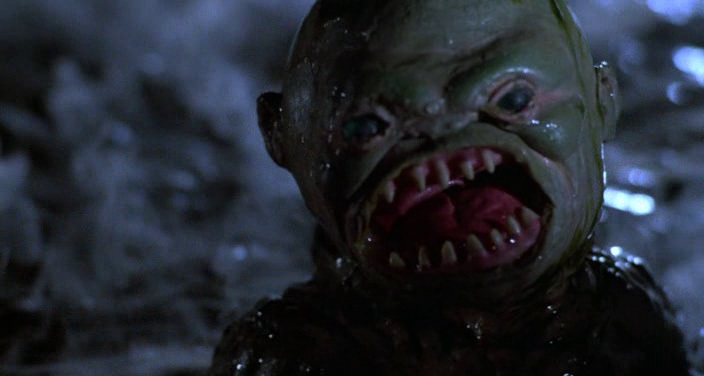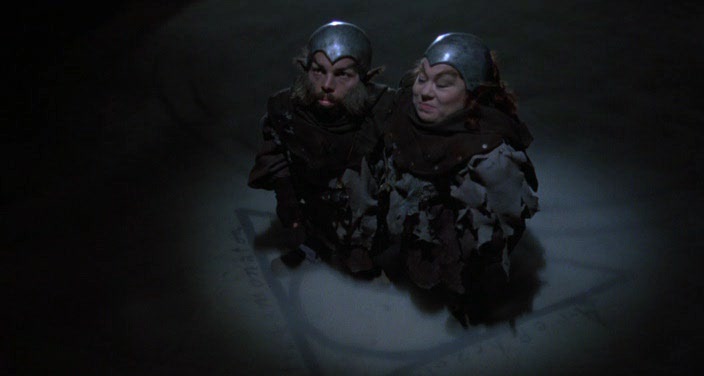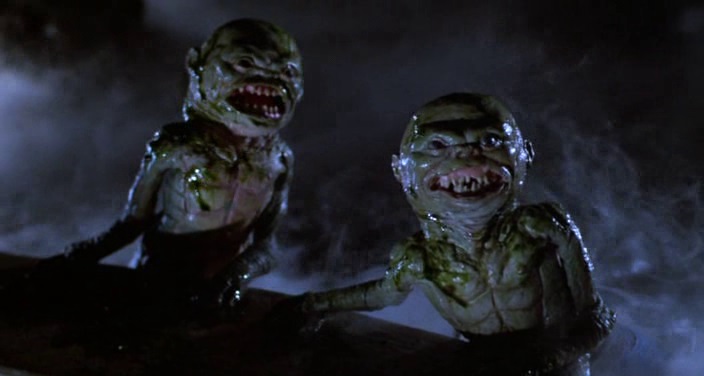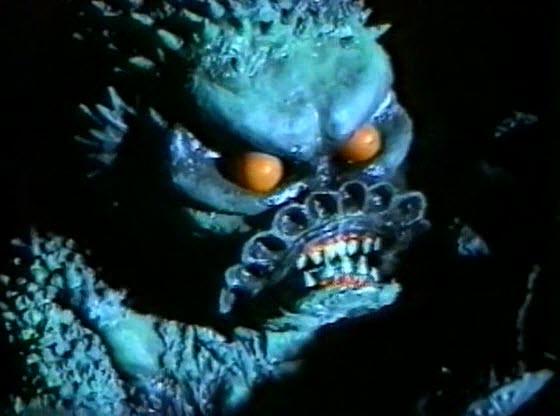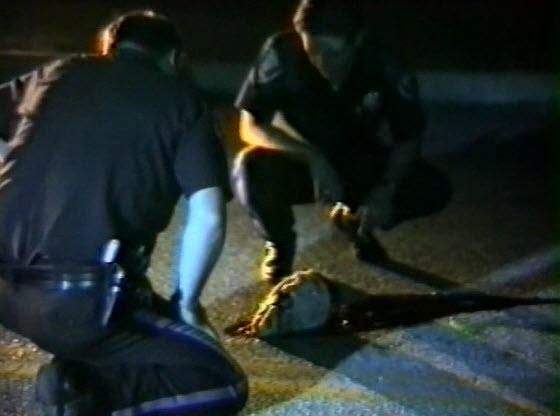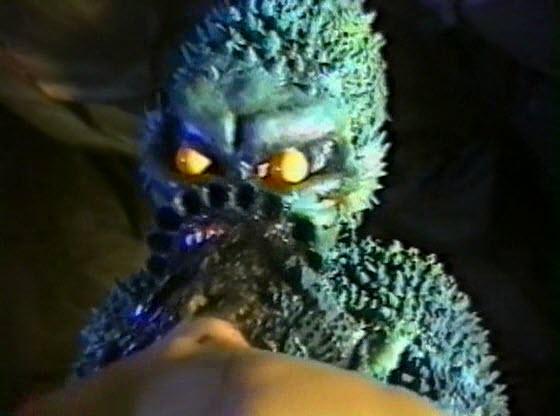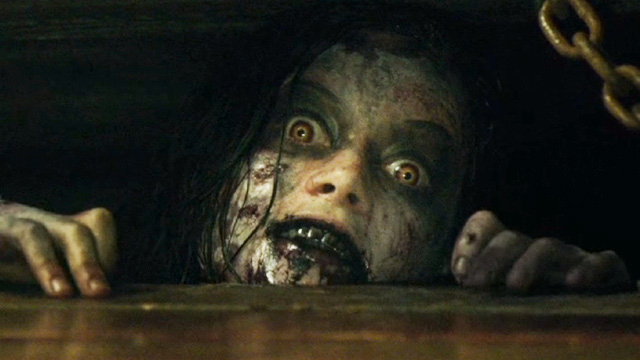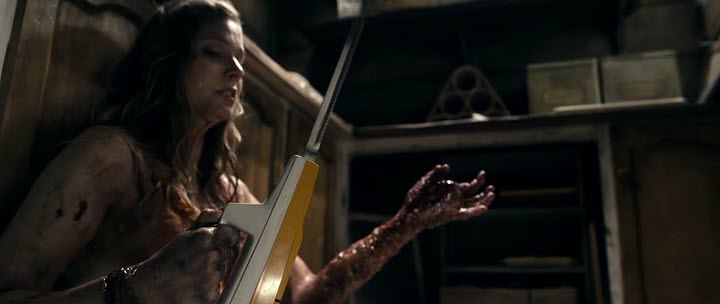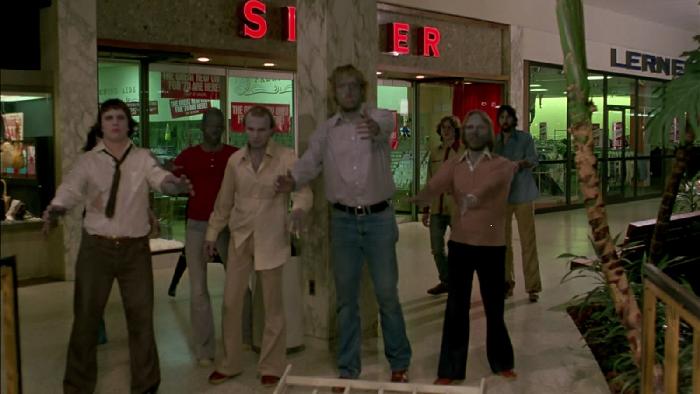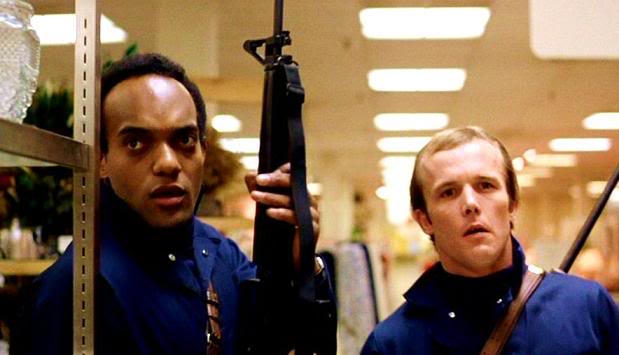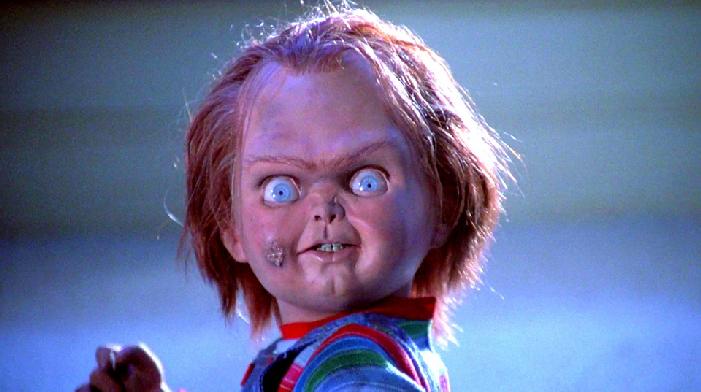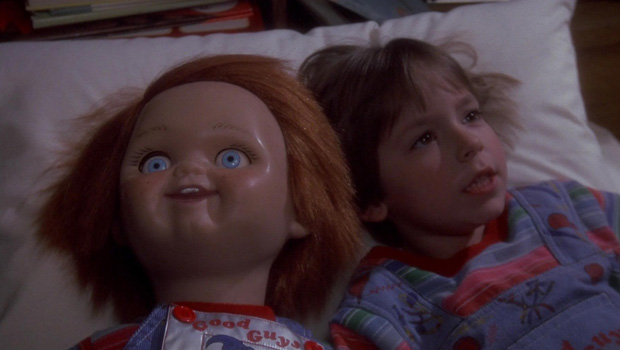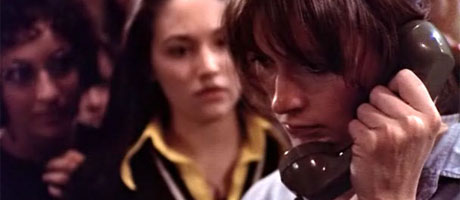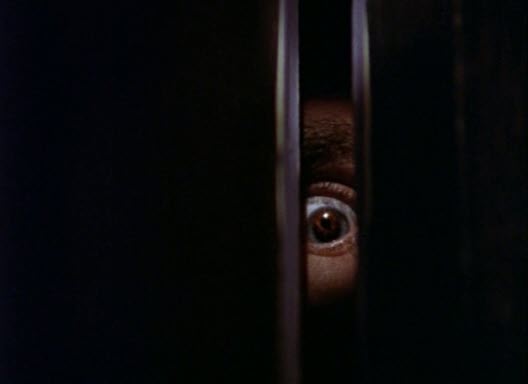Jack Frost (1997)
Wednesday, October 15th, 2014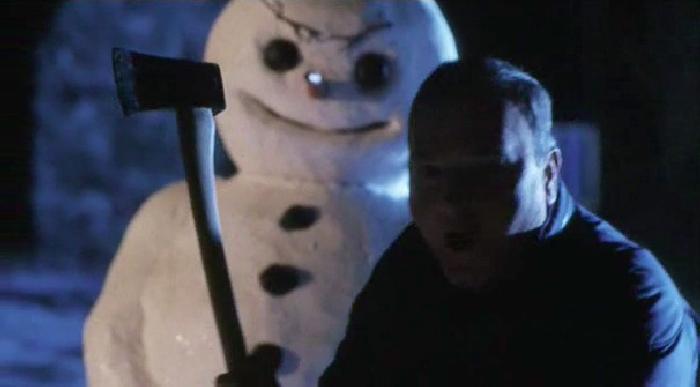
Most of the horror icons of the 80s — Jason, Michael Myers, and so forth — were cut from the same fabric. They were big and mean and, for the most part, silent. They rarely spoke, and when they did it wasn’t to crack jokes. Freddy Krueger was the first of the pack to break that mold. In the original Nightmare on Elm Street he was mostly just evil, but with the second film came “You’ve got the body, and I’ve got the brains!” (as he peeled back the top of his own head), and by the time part 3 rolled around he was uttering an evil catch phrase with each murder. (My favorite was when he said “Welcome to prime time!” right before shoving a girl’s face through a television.) Soon after there were dozens of copycat murderers hacking their way through slasher films, doing bad things while offering up bad puns. A match made in Hollywood, for sure.
1997’s Jack Frost begins with the demise of a serial killer named Jack Frost. On the way to his execution, Frost escapes, only to get blasted with an unknown chemical as part of an auto accident. The chemical (which we later learn is experimental genetic chemicals) physically bond’s Jack Frost’s soul with the snow, turning him into a wise-cracking killer snowman.
Jack Frost vowed revenge on Sheriff Sam Tiler, the man responsible for his capture. Frost makes his way back to Snowmonton (ugh) to get his revenge against the Sheriff. By all counts, Frost has the upper hand: he moves silently, he has the ability to melt and reform a’la Terminator 2, and he comes armed with a few weapons and even more bad puns. I’ll give you three guesses what happens right before Jack Frost says, “I only axed you for a smoke…”
After “the world’s most pissed off snow cone” begins hacking his way through town (killing several locals along the way), Frost finally makes it to the police station to face off against the Sheriff, his deputy, and a couple of yahoos from the chemical company who have been posing as FBI agents. The sheriff’s initial plan is to melt Jack Frost, which seems dumb as both we and they have seen Frost melt and reassemble at will. At one point the faux-FBI agents try shooting at water puddles. They even blow up the police station in an attempt to melt Jack Frost, which they learn the hard way won’t work. Frost quickly assembles himself, although he doesn’t look quite right for a bit.
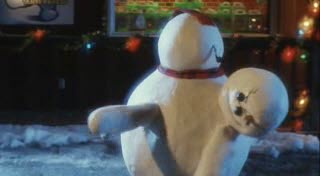
“Look ma, I’m a Picasso!” -Jack Frost
After unconventional weapons fail the cops turn to hair dryers and antifreeze, which work to an extent although knowing there’s a Jack Frost 2 out there (and a third one was planned) makes their solution seem temporary at best.
With a couple of beers and the right friends, Jack Frost might be one of the best worst movies I’ve seen in quite some time. If you’re going in expecting horror or dialogue or anything to make sense, keep on sledding. if you’re looking for a movie about an evil snowman armed with killer icicles and an amorous carrot, boy did you hit the jackpot.
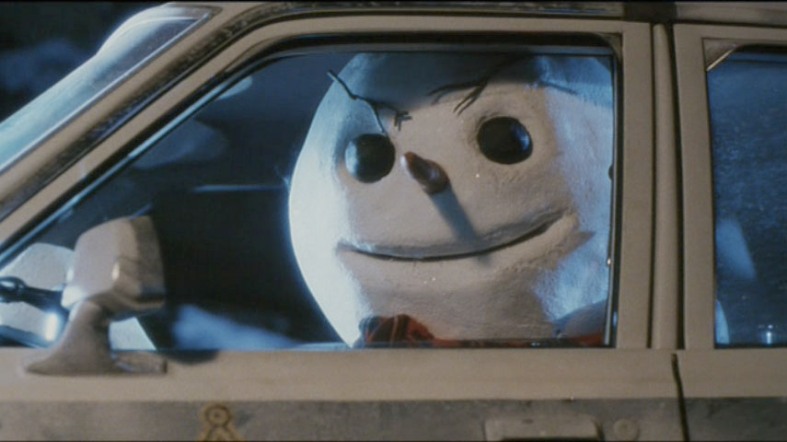
(This review is a part of my month-long October 2014 A-Z Horror Reviews.)
